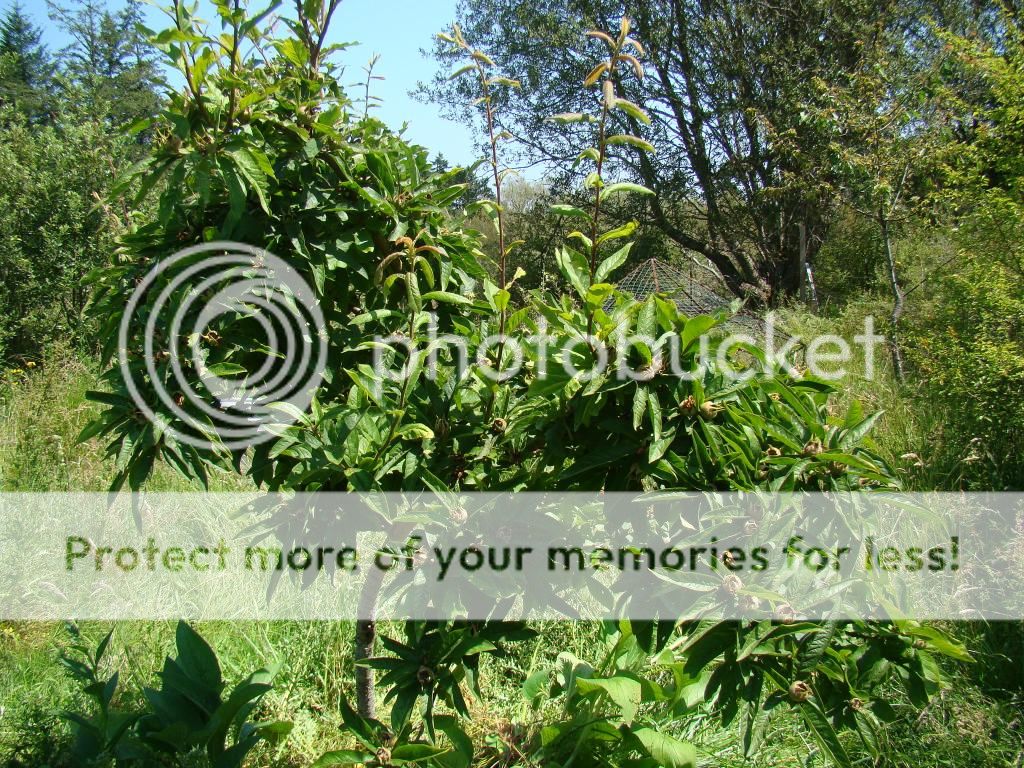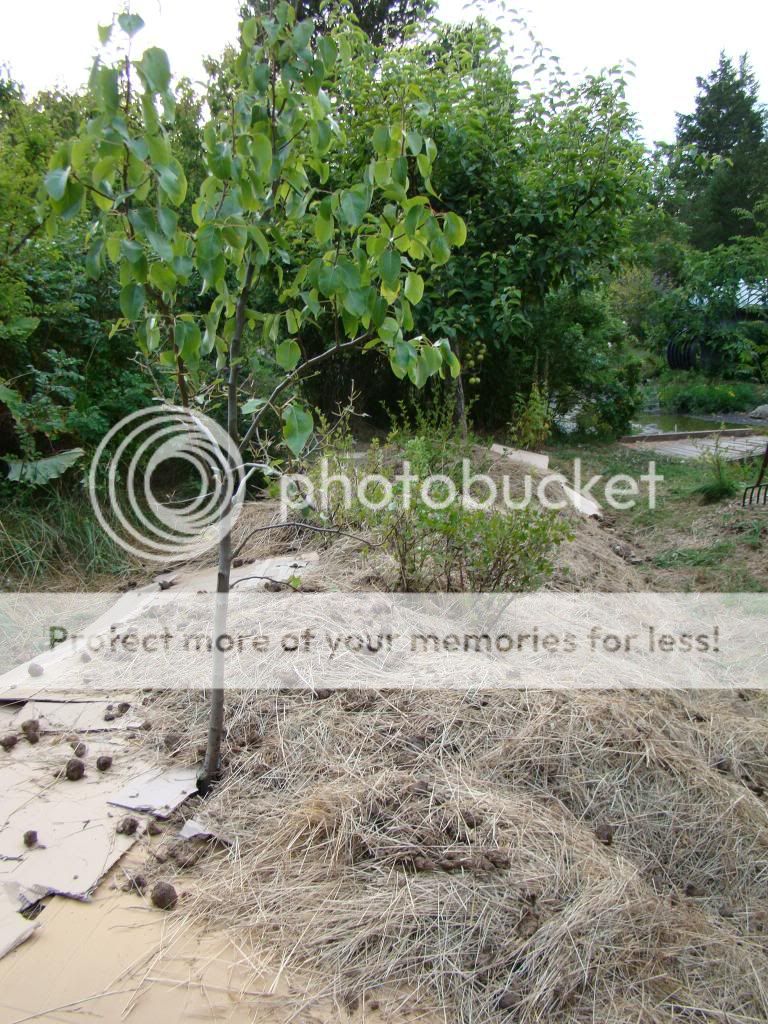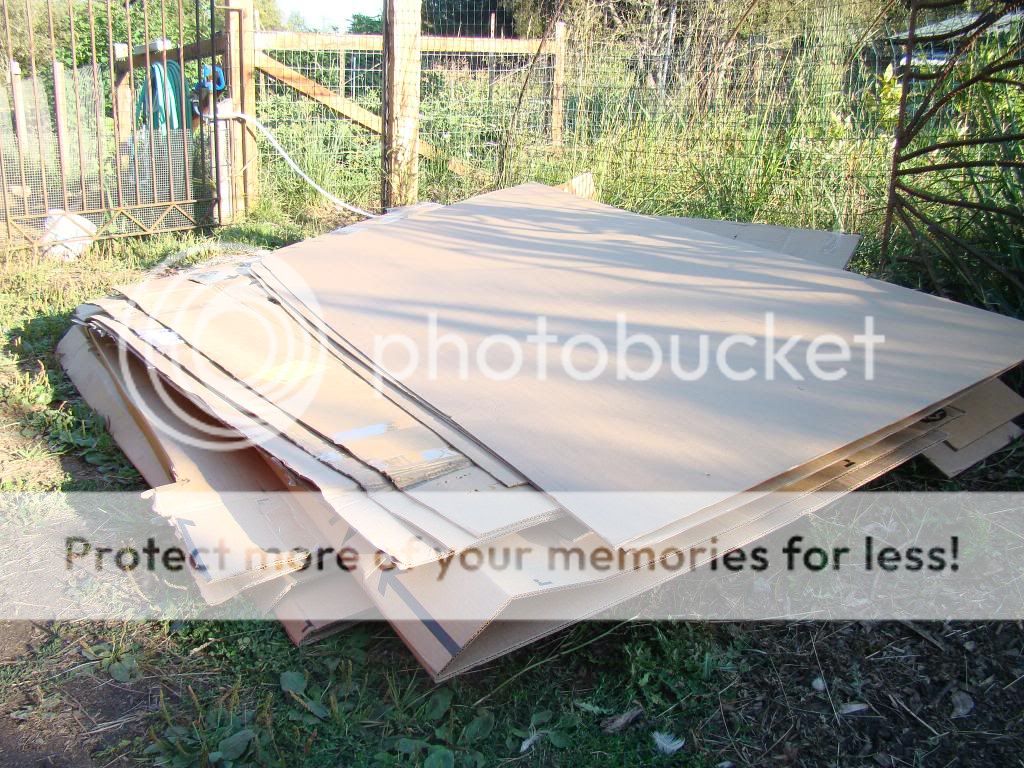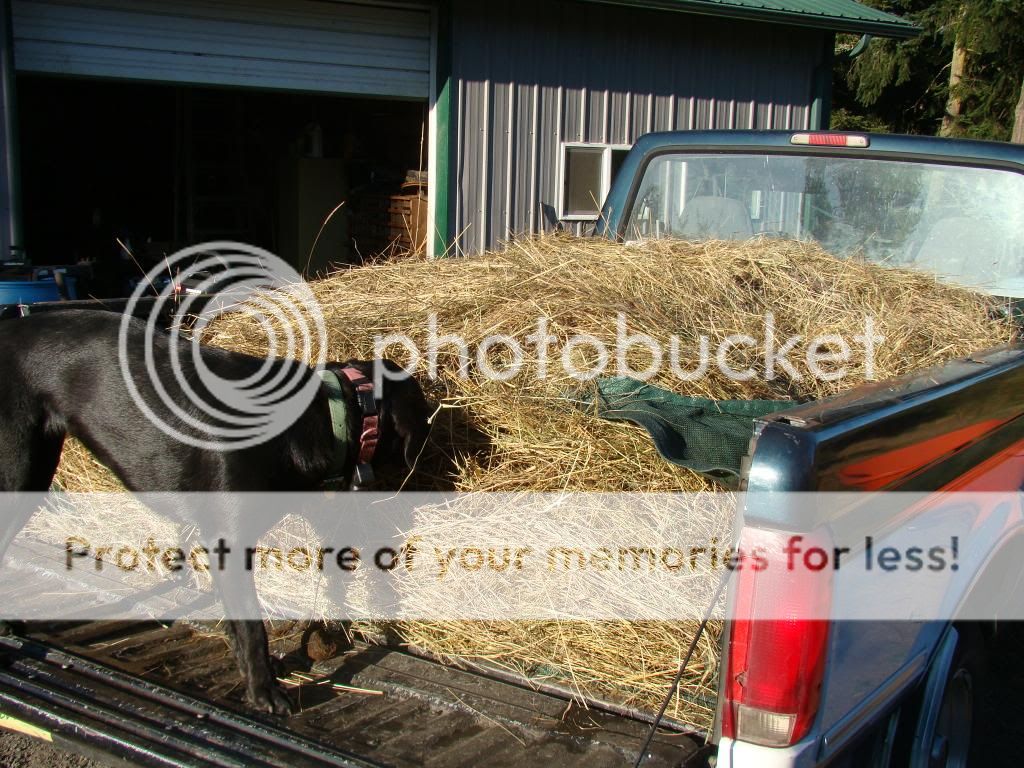We had a bad Tent Caterpillar year. Second bad year in a row. Mild winters are not our friend. I will spray "Organic" if 2013 - 2014 winter is mild.
Marionberry
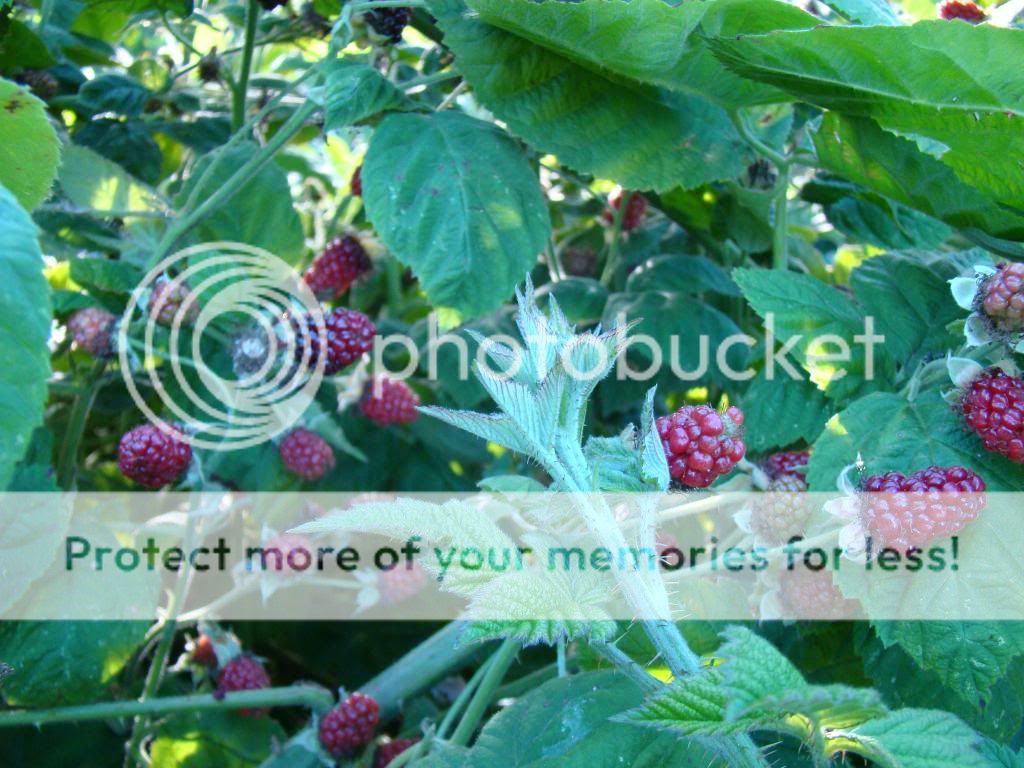
Butterfly bush ( Buddleia)
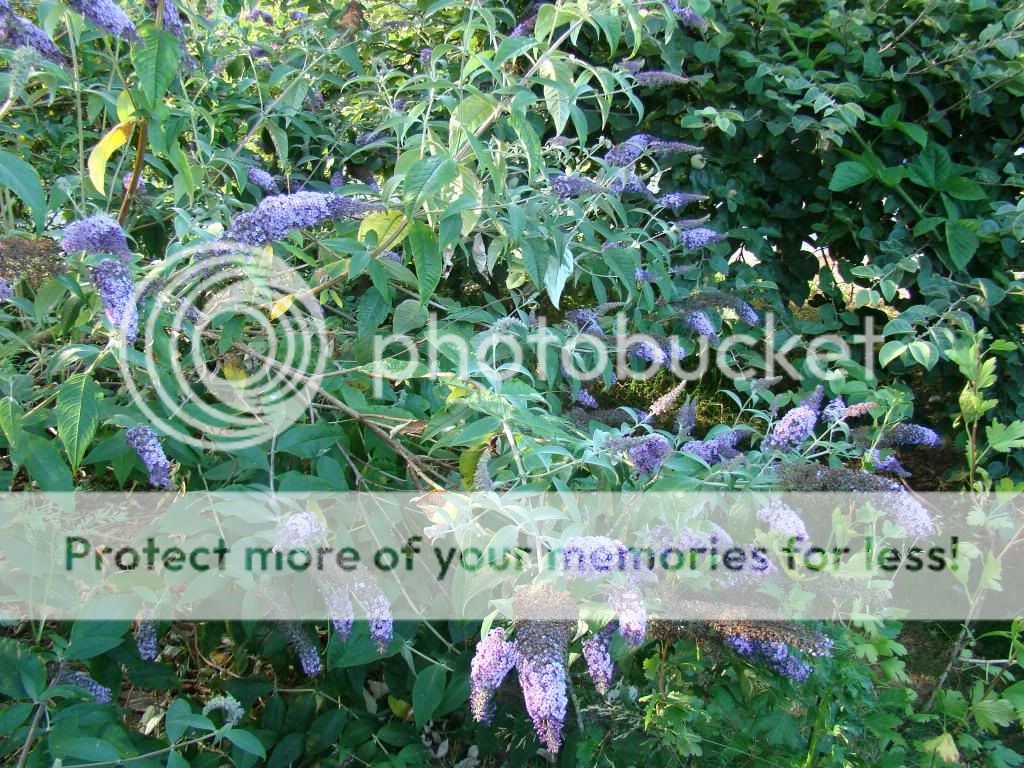
Aroniaberry
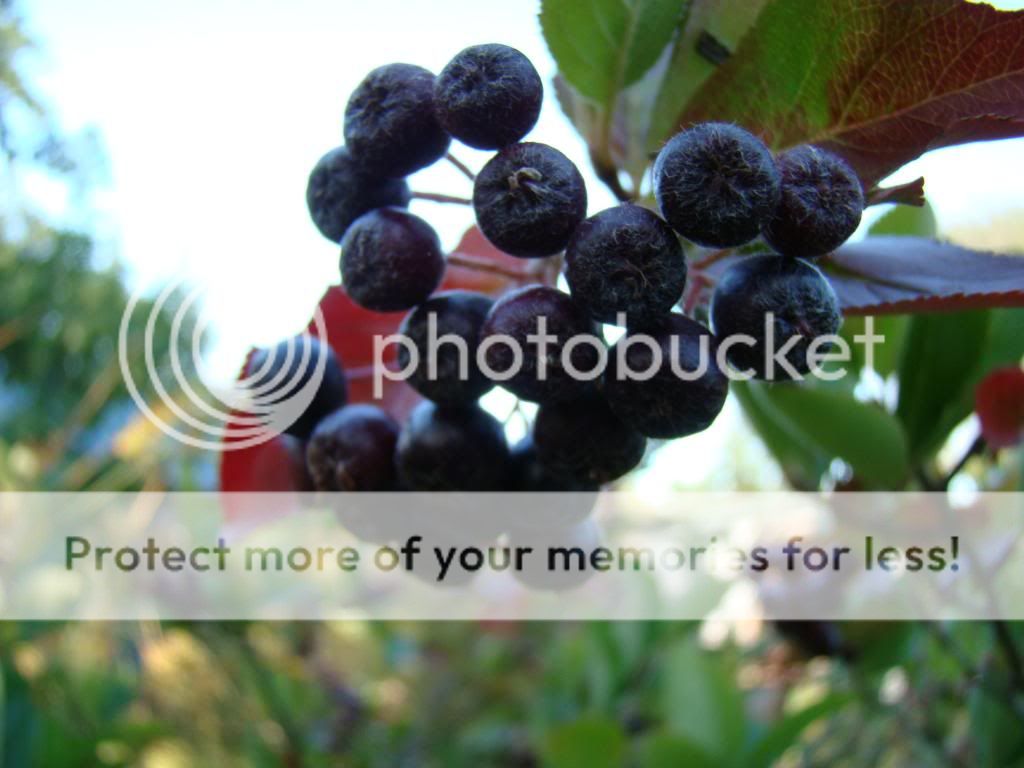
Heritage Raspberries
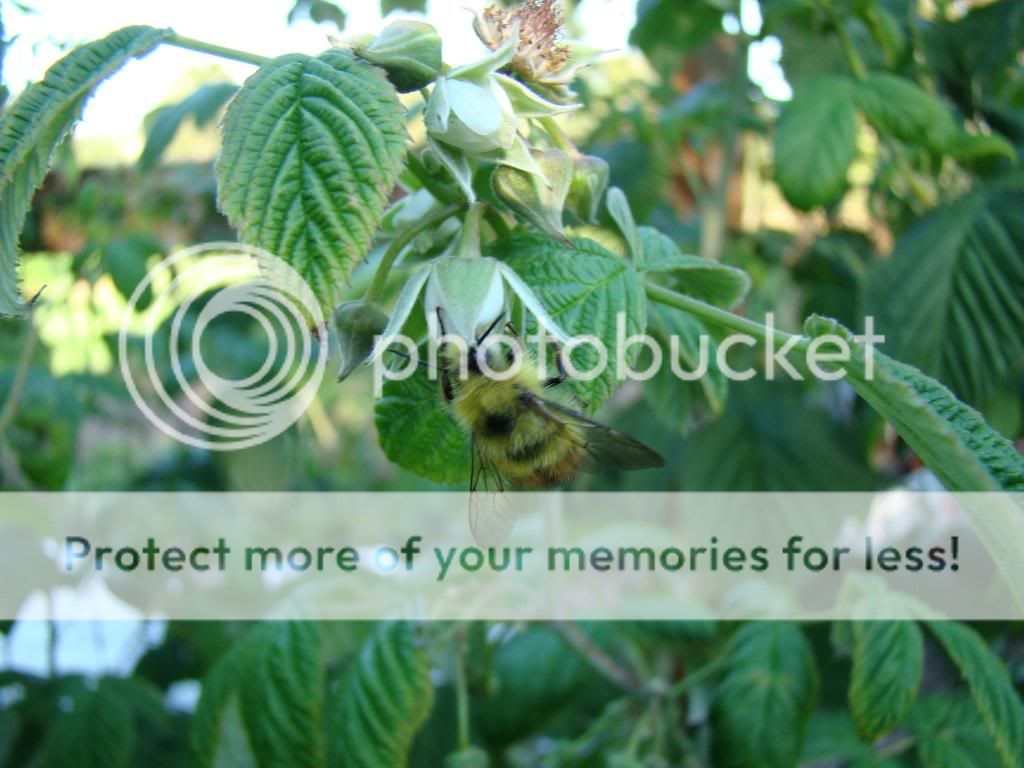
Desert King fig

Discovery Apple
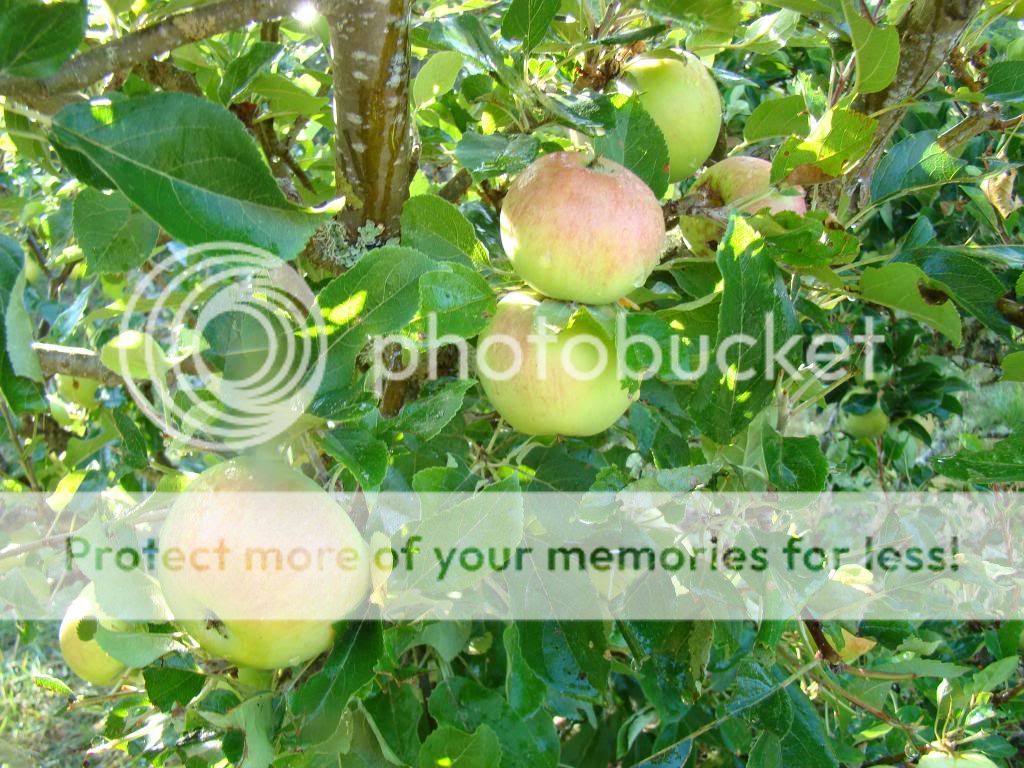
Artichoke (Cynara cardunculus var. scolymus)
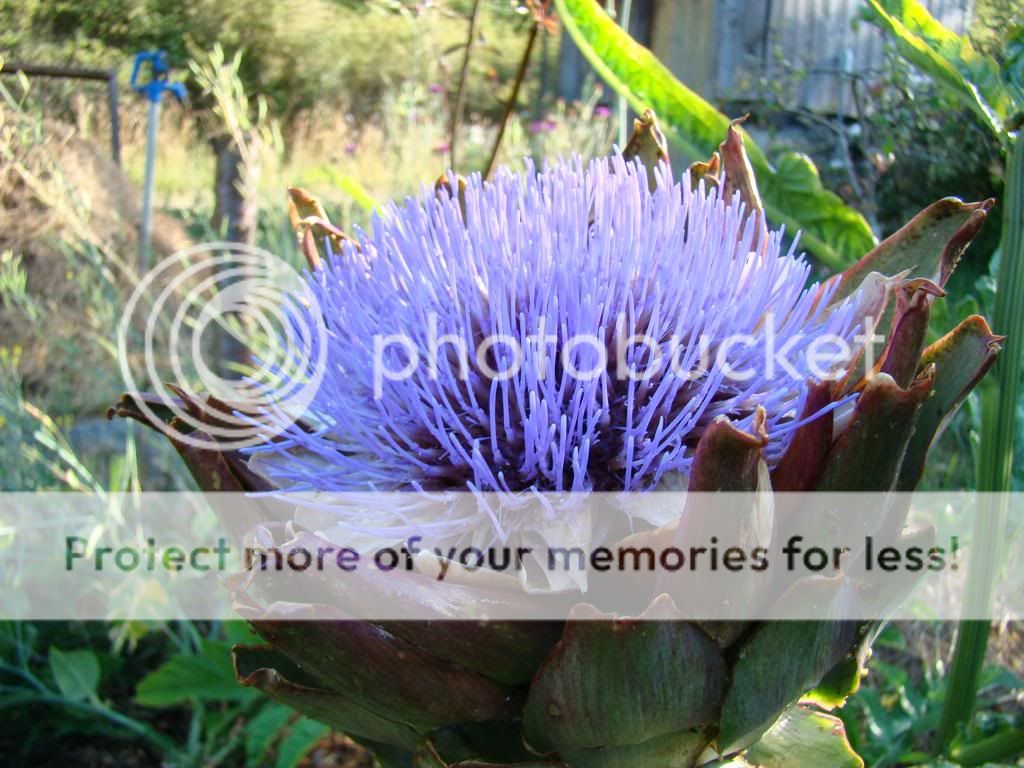
Methley Plum

Orcas pear

Shipova, (×Sorbopyrus auricularis) is a hybrid between the European Pear ( Pyrus communis) and the Common Whitebeam (Sorbus aria)
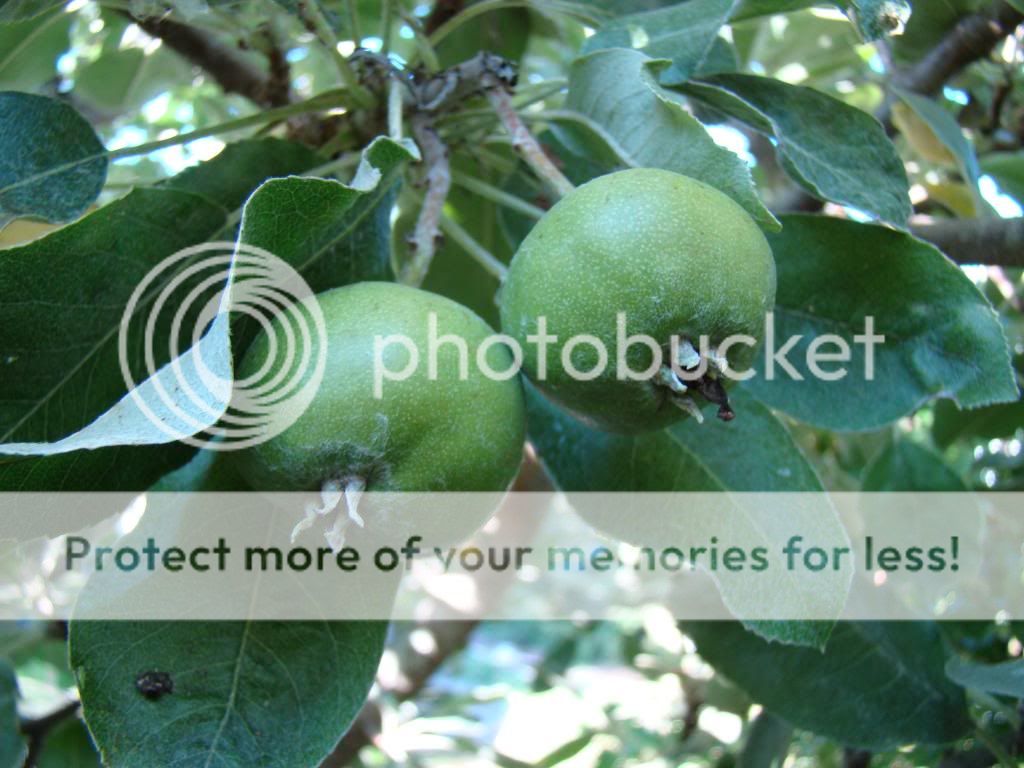
Shiro plum

Dan Bae pear
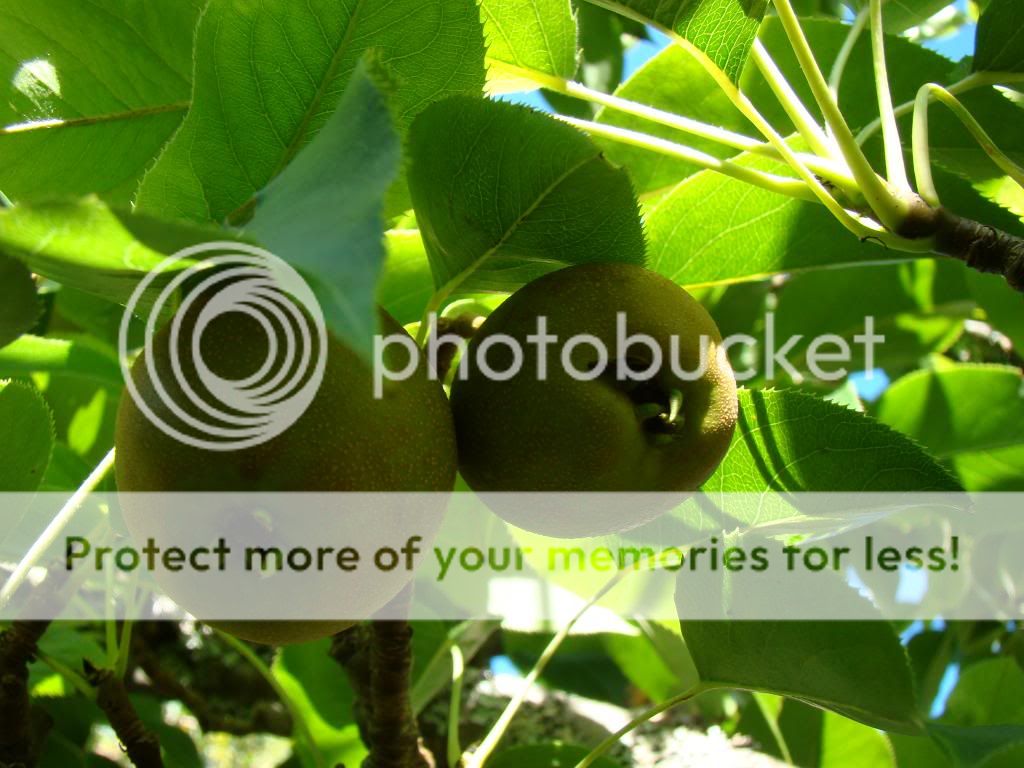
Shinseiki pear

Frost peach
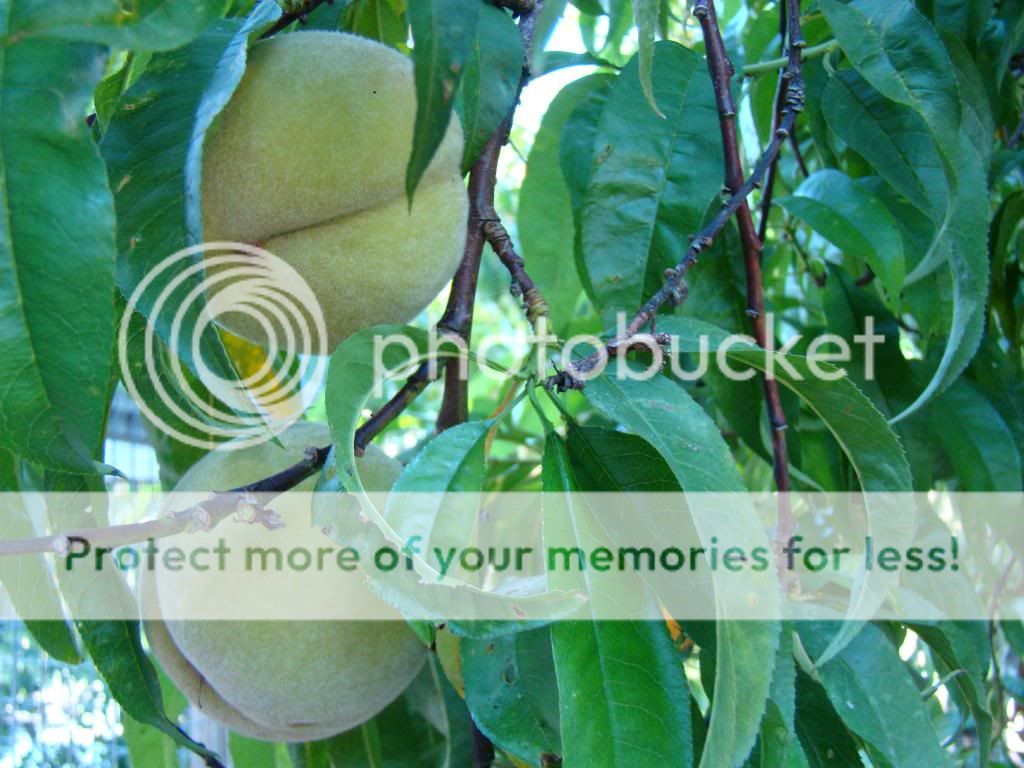
Quince

Walnut
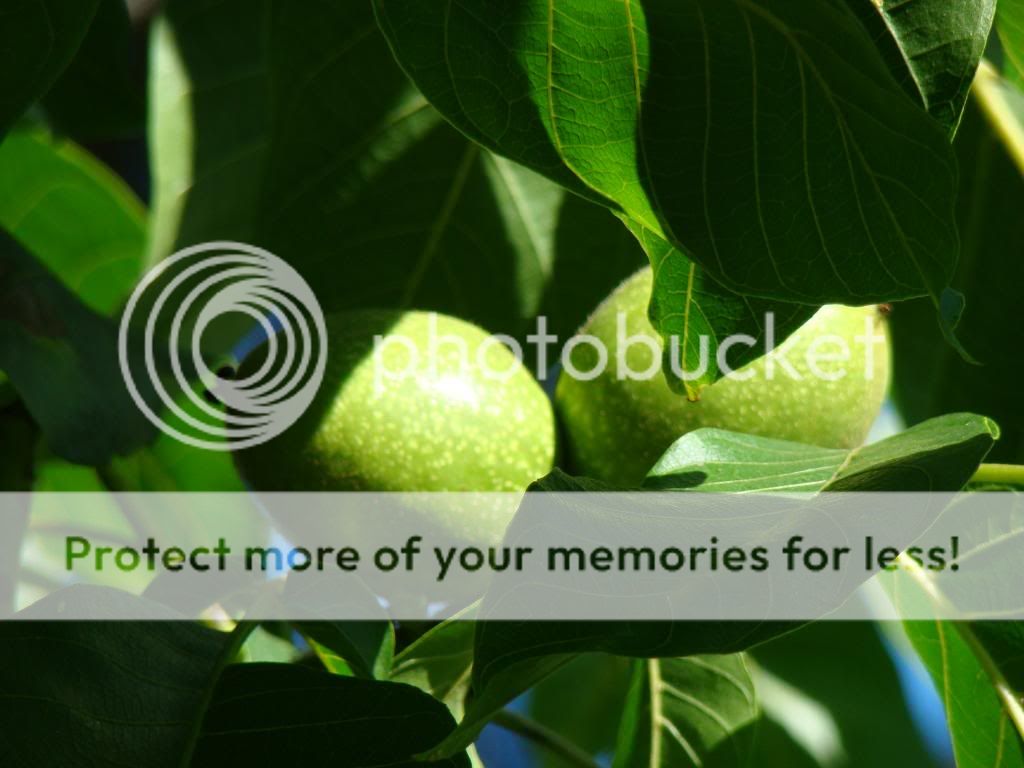
Sea-buckthorn
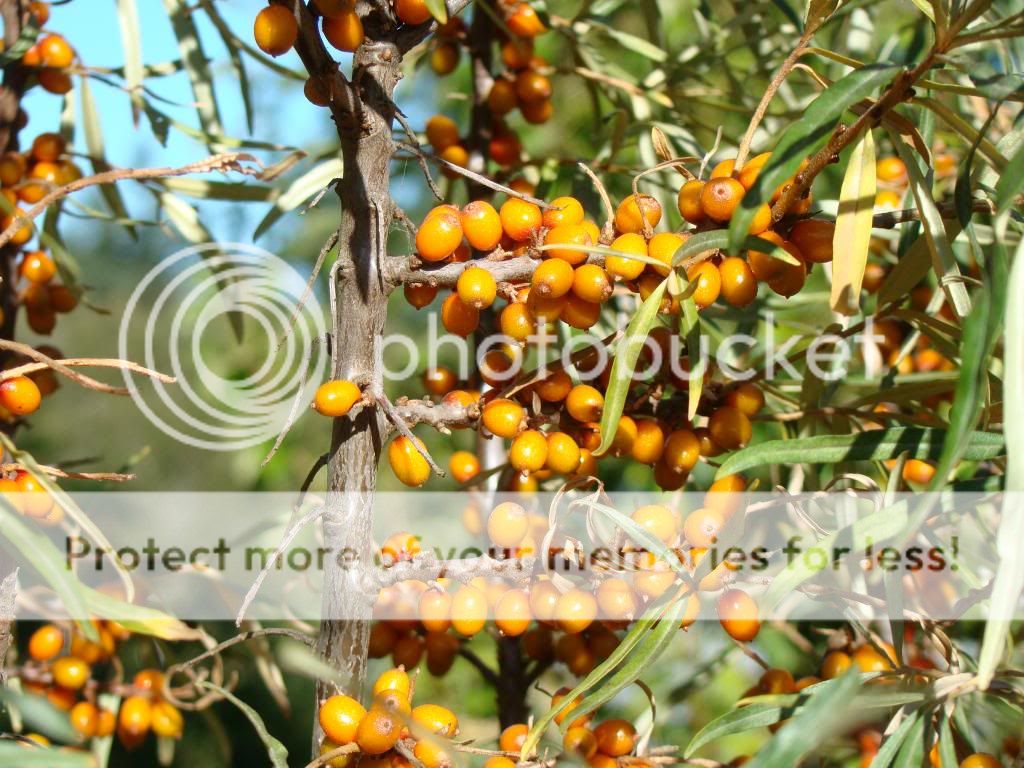
Eric

